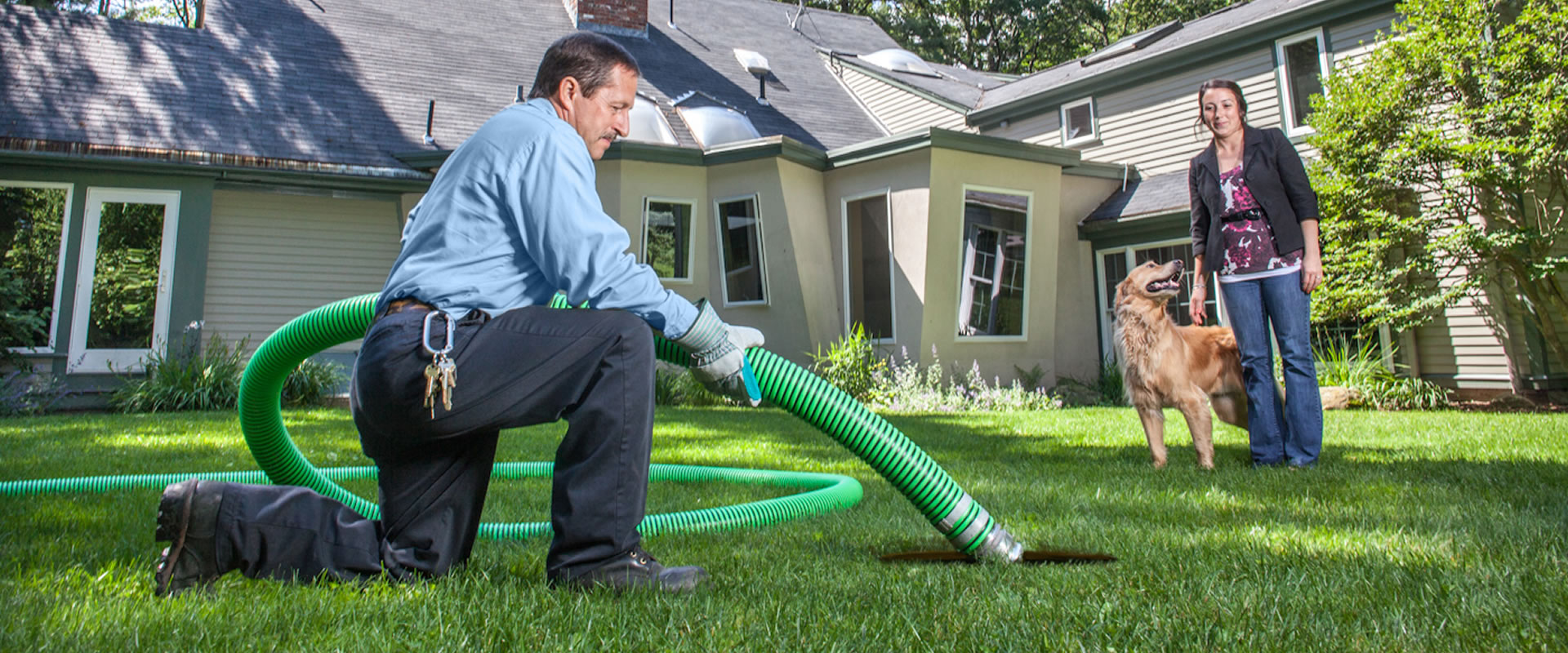The technician will locate your tank, dig as needed to uncover the lid, pump out the waste, inspect the interior, and give you a summary. It’s a simple process that usually takes one to two hours, depending on access.
Call This Sunday to Get $50 OFF Septic Repair
Don’t Wait for a Backup — Call the Cleanup Experts, Call This Sunday to Get $50 OFF Septic Repair

